Key Considerations for Tenants in Retail Leases
Entering into a retail lease is a significant commitment for any business owner. The terms of the lease will impact everything from daily operations to long-term profitability. Understanding the key considerations in a retail lease is crucial to ensure that the agreement aligns with the business’s strategic goals and minimizes potential risks. While not comprehensive, this article attempts to touch on certain key considerations for tenants to keep in mind while negotiating a retail lease.
Lease Duration and Renewal Options
Initial Lease Term
Typically, retail leases range from five to ten years, but the term can be shorter or longer depending on the tenant’s needs and the landlord’s willingness to negotiate. A longer lease term provides stability and the potential for better rent terms, while a shorter lease offers flexibility but might come with higher rents or less favorable conditions.
Renewal Options
Renewal options are clauses that allow tenants to extend their lease beyond the initial term. These options are crucial for businesses looking to establish a long-term presence in a location. Tenants frequently seek to negotiate for multiple renewal options to secure the ability to stay in the same location as their business grows.
For a retail tenant, an ideal arrangement is often a relatively short initial term with several renewal options. This allows the tenant the flexibility to close down the location if the business is not successful, but it also allows the tenant the ability to control the space far into the future if the business is successful and builds a following in the area.
Rent Structure and Costs
Understanding the rent structure and associated costs in a retail lease is crucial for tenants. Rent is typically one of, if not the largest expense for a retail business, and a business’s cost of occupancy can often determine the success or failure of that business. A typical retail lease includes a variety of costs of which tenants need to be aware.
Rent
Base Rent
Base rent is the fixed monthly amount that tenants pay to occupy the retail space. It is often calculated on a per square foot basis and is generally predictable and easy to budget for. The amount of base rent for a particular location is typically determined by several factors including:
- Location: Prime locations, such as high-traffic shopping centers or popular streets, usually command higher base rents due to their potential to attract more customers.
- Space Condition: Newly renovated or well-maintained spaces might have higher base rents compared to older properties that may require upgrades or repairs.
- Lease Term: Longer lease terms may offer lower base rents as landlords are assured of continuous occupancy, while shorter terms might result in higher rents.
Percentage Rent
In addition to base rent, some retail leases include a percentage rent clause. This means that tenants pay a percentage of their gross sales over a certain threshold in addition to the base rent. This structure is designed to align the interests of both the landlord and the tenant: as the tenant’s business prospers, the landlord benefits from increased rent income.
Additional Costs
Beyond base and percentage rent, retail leases often include additional costs payable by a tenant. These items can significantly impact the overall cost of leasing and must be thoroughly understood and negotiated by tenants.
Common Area Maintenance (CAM) Fees: CAM fees cover the tenant’s share of maintaining and operating common areas of a commercial property, such as parking lots, hallways, elevators, and landscaping. CAM fees are typically based on the tenant’s leased square footage relative to the total leasable area. Tenants should request a detailed breakdown of CAM fees and, where possible, seek to include caps on annual increases to prevent unexpected hikes. Tenants may negotiate the right to audit the landlord’s CAM expenses to ensure they are appropriately calculated and properly allocated.
Property Taxes: Tenants are generally responsible for a portion of property taxes and insurance premiums. Tenants should understand how their share of property taxes is calculated and if there are any anticipated increases due to property reassessments.
Insurance: The lease will generally specify the types of insurance that each of the tenant and landlord will be required to carry and how premiums for these policies are allocated between the parties. Tenants should ensure they have appropriate insurance coverage for their own business operations.
Utilities: Depending on the lease agreement, tenants might pay for utilities either directly to the service provider or through the landlord as part of a larger property-wide bill. It is important to clarify whether utilities are individually metered or if tenants pay a proportional share of the overall property’s utility costs. Tenants might also consider negotiating for the landlord to implement energy efficiency improvements to reduce utility costs over time.
Marketing and Promotion Fees: In some retail environments, particularly shopping centers and malls, tenants might be required to contribute to marketing and promotion funds. These funds are used to attract more foot traffic and enhance the visibility of the shopping center.
Maintenance and Repair Responsibilities
Tenant Responsibilities
Maintenance and repair responsibilities should be clearly outlined in the retail lease to avoid disputes. Generally, tenants are responsible for maintaining the interior of their leased space, including fixtures, plumbing, and electrical systems. It is important to understand the extent of these responsibilities and ensure they are feasible for the tenant to manage.
Landlord Responsibilities
Landlords are typically responsible for maintaining the structural integrity of the building and common areas. This includes the roof, exterior walls, and building foundation. Tenants should ensure that the lease explicitly states these responsibilities to avoid bearing costs for significant repairs that are beyond their control. The tenant should also review the CAM section of the lease carefully to see which of these costs may be passed through to the tenant as CAM and which are truly borne by the Landlord.
Location-Specific Considerations
Radius Restrictions
Radius restrictions are clauses in a retail lease that prevent the tenant from opening additional locations within a specified radius of the leased property. These clauses protect landlords by ensuring that the tenant’s new locations do not cannibalize traffic from the original site. For tenants, understanding and negotiating radius restrictions is crucial. These restrictions can limit business expansion plans and affect overall growth strategies. Tenants should carefully evaluate the impact of such clauses on their business model and future plans.
Exclusivity Clauses
Exclusivity clauses prevent landlords from leasing space to competitors within the same property or development. This is particularly important in retail environments where competition can directly impact sales. Tenants should consider negotiating exclusivity clauses to protect their business from nearby competitors that could cannibalize their customer base.
Visibility and Access
The location’s visibility and accessibility are critical for retail success. Tenants should assess factors such as foot traffic, signage opportunities, and proximity to major roads or public transportation. These elements can significantly influence customer attraction and retention. Tenants must ensure that lease provides the tenant the opportunity to install appropriate signage both outside of the premises and also on any common signage used for the center such as landmark or pylon signs.



